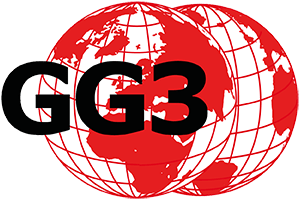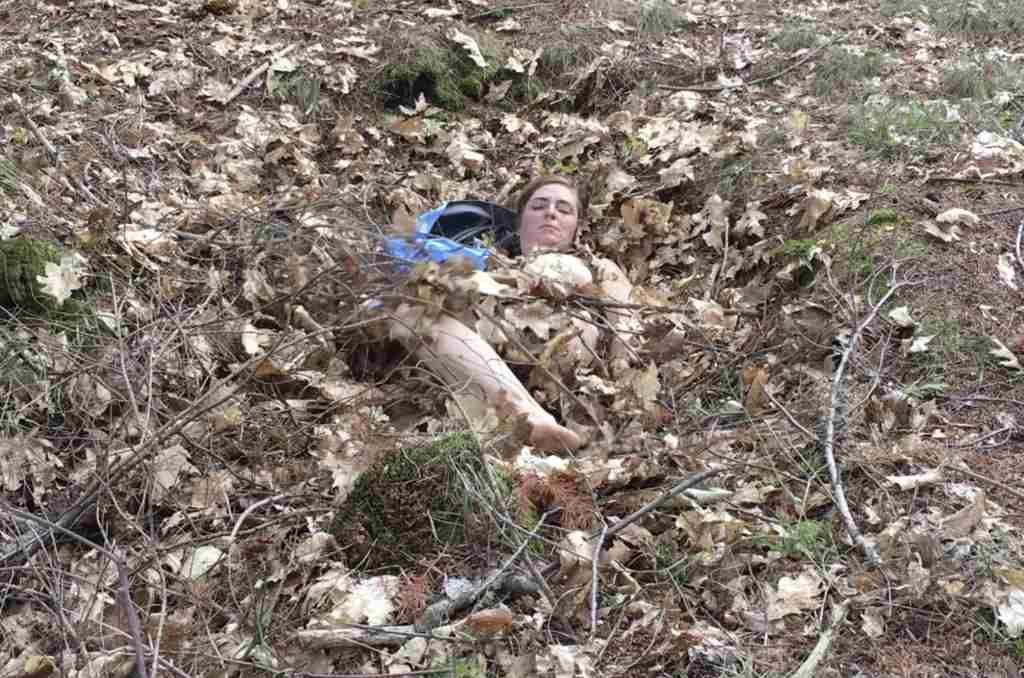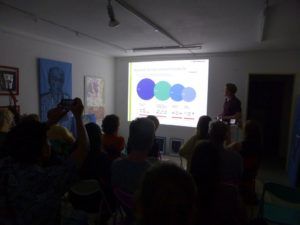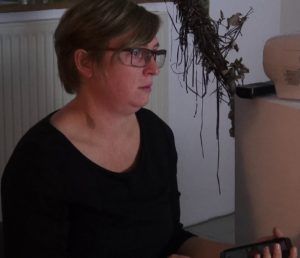Exhibition, talks, lecture Aug. 16, 2019 – Oct. 25, 2019, Fridays 5-8 p.m.
Paths to sustainability
Residency 19. 7. 2019 – 15.8. 2019
Painting, graphics, installation, video, performance
Many people seek fulfillment in consumption. Some people are already seeking and practicing a life in harmony with the limits of our earth. They are accompanied on this path by advice, role models, suggestions and dogmas. How do we decide, what convinces us? What does a sustainable lifestyle look like towards an ecologically, socially and economically sustainable society?
Residence and exhibition thematize this search for paths to sustainability, the obstacles and detours, the doubts and convictions. The call was aimed at artists working in the field of sustainability and business.
The three selected artists worked from 7/19/2019 to 8/15. 2019 in residency at the Academy for Sufficiency in Priegnitz and then exhibit the works created there at Group Global 3000 in Berlin. Material from Kunst – Stoffe – Berlin is at your disposal. For example, they collect hardly used materials that are in good condition. Materials are donated by hardware stores, craft companies, businesses, trade shows and individuals.
By sustainability, we mean taking ecological limits into account and being guided by social justice. We define economy as the organization of the supply of people. The way we do business is critical to whether we can meet global limits and whether social justice is possible.
Female artists
Krisztina Fazekas-Kielbassa
125 million tons of clouds
We take it so much for granted that we are online. Every day, we upload our memories several times to social platforms in the form of photos, videos, texts and sounds, which are stored and backed up multiple times on servers in cloud locations around the world. This consumes an enormous amount of energy and generates 125 million tons of CO2 emissions per year. It is ironic that the symbol of these reservoirs is a cloud, just like the symbol for CO2 emissions. It’s about the same amount of CO2 that all the planes in the sky blow into the clouds. And if we think it’s enough to put our phone aside, it’s not, because our data is stored and fed with energy as digital garbage all the time. Krisztina Fazekas-Kielbassa’s works in this exhibition question our digital culture and seek redemption in nature.
Sophie Gnest
Worry Not Sorry, (C) Sophie GnestNothing to see here
In the village of Reckenthin, little distracts from the surroundings, no advertising billboard far and wide screaming for attention. The packaging alone on the breakfast table communicates advertising messages. At the Academy for Sufficiency, Sophie Gnest wants to send new messages beyond growth. At the residency, she looks for new approaches to rethinking: she turns packaging inside out to develop new messages, posters are texted in a radically honest way (“Sorry, battery stuck”), and a card game called “Umdenkpaar” (rethinking couple) reveals new everyday practices with a wink. How we move in familiar places as well as new places like the academy, she edits with an ad block in Berlin and, by re-embodying her ad-free experiences on location.
Elke Philomena Copper
Overcoming advertising
It is the human being that the painter Elke Philomena Kupfer is particularly concerned with in her artistic work. In conversation with her models, she observes a constant searching toward herself, with the question, “How does meritocracy deform us?” So too with the people she draws and paints in the Sufficiency Academy Residence. A big theme here is: How can I reuse things and integrate them anew into my everyday life. At the Center for Recyclable Materials and AfS, she searched for materials to put on canvas. The canvas itself she replaces with plastic tarpaulins of a former advertisement and brings plastic shopping bags to new prominence again and again. For example, 200 zippers have been attached to a large-scale portrait, collected from suitcases at the Paris airport. Small portraits are created on the silvery paper of coffee bags, which someone had collected and lovingly rolled up. Things that people no longer need, she works so on the canvas, so uses them in her art again to make them visible to the viewer again. It is their way of calling for sustainability and a change in thinking.
Information on host institution, exhibition venue and partners
academy-sufficiency.com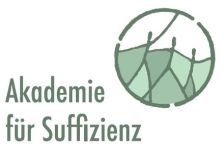
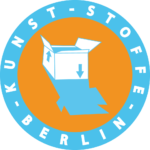 gg3.eu
gg3.eu
kunst-fabrics-berlin.de
Program of the exhibition “Paths to Sustainability
Vernissage 16.8., 7 p.m.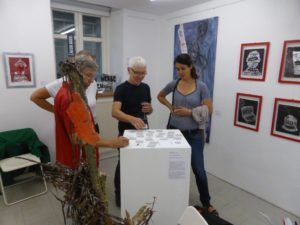
Trio Salama: Songs – acoustic and very close. Guitars, ukuleles, percussion, polyphonic vocals. Video, 2:26
Performance “Body Seeks Sustainability,” Sophie Gnest. Video, 10:09
Aug. 23, 5-8 p.m. Exhibition. Elke Philomena Kupfer will be present.
Artist talk Aug. 30, 7 p.m. Artists of the exhibition
talk with guests about their works
Exhibition from 5 pm
Lecture Sept. 6, 7 p.m. “Sustainability through better technology or less consumption?” Dirk Arne Heyen, Senior Researcher, Öko-Institut e.V., Berlin Office.
Lecture, 50 slides with currently important questions and recommendations, e.g. “May the state prohibit and restrict? “What to do? Starting with the Big Points. “How sufficiency policy can succeed”.
Text interview of the campaign website of the German Environmental Foundation with Dirk Arne Heyen: https://kaufnix.net/interview-dirk-arne-heyen/ as a supplement to the lecture.
On the necessity of sufficiency and sufficiency policy
Climate change, species extinction, littered oceans: Will new and more efficient technologies save our planet? Or do we need to focus on sufficiency, i.e. change our lifestyle and consume less, fly less and eat differently? After consumer decisions were treated as an individual matter for a long time, calls for clear prohibitions have recently become increasingly loud. This, in turn, is causing critics to fear for freedom in society. The lecture will highlight the necessity, potentials and limits of different sustainability strategies – and the question of what role politics can and should play for sustainable and sufficiency consumption.
Exhibition from 5 pm
13.9. 17-20 h Exhibition
20.9. 17-20 h Exhibition
27.9. 17-20 h Exhibition
4.10. 17-20 h Exhibition
11.10. 17-20 h Exhibition
18.10. 17-20 h Exhibition
Finissage 25.10., 7 p.m.
Performance “Life and Experience in Residence”, Krisztina Fazekas-Kielbassa, video, 17:10 min.
Exhibition from 5 pm
Curator of the exhibition: Tom Albrecht
Address
Leuschnerdamm 19, 10999 Berlin. Angel Basin Cross Mountain
U8 Moritzplatz, U1 Kottbussertor, M29 Oranienplatz, Bus 147 Michaelkirchplatz
